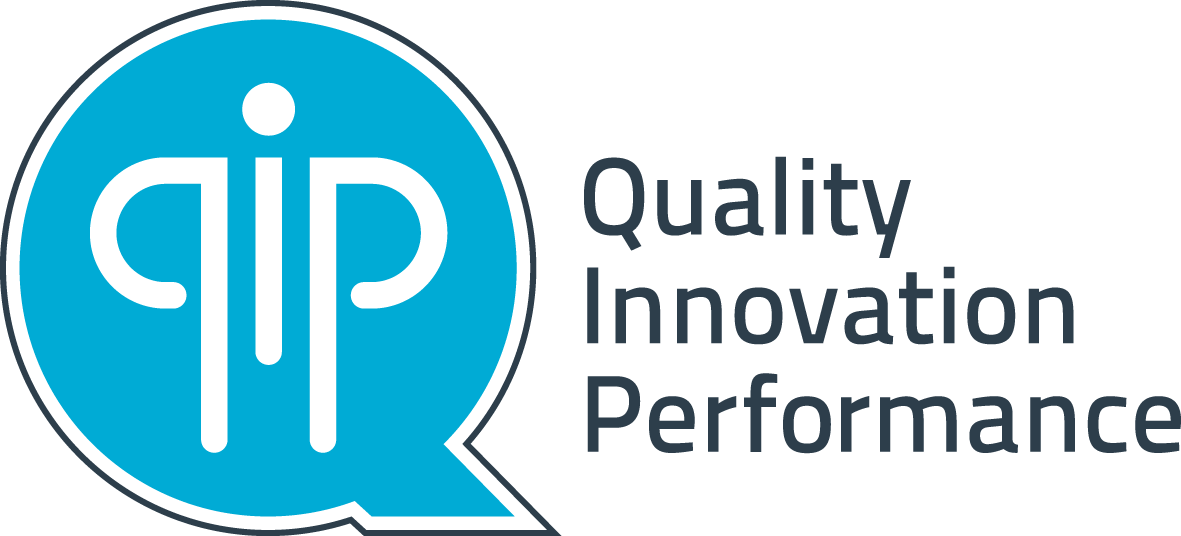Latest news

Transitioning from NSQHS Standards to National Safety and Quality Primary and Community Healthcare Standards
In October 2021, a significant shift occurred within Australian healthcare with the introduction of the National Safety and Quality Primary and Community Healthcare Standards (Primary and Community Healthcare Standards). These standards were launched to protect the public from harm and improve the quality of health care delivered across primary and community settings. Developed by the Australian Commission on Safety and Quality in Health Care (The Commission), these standards are designed to cater to a wide range of healthcare providers, encompassing diverse services that focus on preventing, treating, and managing illness and injury, as well as promoting mental and physical well-being.
Key Features of the Primary and Community Healthcare Standards
The Primary and Community Healthcare Standards take a patient-centred care approach, outlining the necessary processes and structures that underpin the delivery of safe and high-quality healthcare. While the Primary and Community Healthcare Standards are voluntary, The Commission strongly recommends that all primary and community healthcare services that are involved in the direct care of their patients and consumers implement these standards.
The Primary and Community Healthcare Standards (first edition) comprise three Standards that cover clinical governance, partnering with consumers and clinical safety.
- The Clinical Governance Standard involves establishing relationships and responsibilities within a healthcare service to ensure positive clinical outcomes, instilling confidence in the community by guaranteeing the presence of effective systems for delivering safe, high-quality healthcare and facilitating ongoing service enhancements.
- The Partnering with Consumers Standard outlines the implementation of systems and strategies to establish a patient-centred healthcare approach, involving patients and consumers in shared decision-making, empowering them to become partners in their healthcare journey, and engaging them in the enhancement and design of quality healthcare services.
- The Clinical Safety Standard focuses on addressing and mitigating risks in specific high-risk areas commonly encountered in healthcare.
Alignment with National Safety and Quality Health Service Standards
Many primary and community healthcare services have been assessed against the National Safety and Quality Health Service (NSQHS) Standards and granted accreditation. The Primary and Community Healthcare Standards and the NSQHS Standards share a similar structure and intent, and offer an opportunity to simplify the transition process for services that are already accredited under the NSQHS Standards.
The Accreditation Process
Accreditation commenced on 1 May 2023 for healthcare services operating within a primary and/or community setting. For those healthcare services already accredited under the NSQHS Standards, the transition to Primary and Community Healthcare Standards should be a seamless transition. These healthcare services are encouraged to evaluate whether the Primary and Community Healthcare Standards align more appropriately with their service models. If so, they can choose to transition during their next scheduled assessment.
A Guide to Transitioning from NSQHS to Primary and Community Healthcare Standards
The transition to Primary and Community Healthcare Standards involves several essential steps:
- Eligibility Check: Healthcare services must first ascertain whether transitioning to the Primary and Community Healthcare Standards is permitted for their healthcare service. If it is mandatory for a healthcare service in order to maintain accreditation, they will need to check if accreditation to the Primary and Community Healthcare Standards is permitted. If achieving accreditation is voluntary they can transition to the Primary and Community Healthcare standards can commence without seeking approval.
- Accrediting Agency Check: QIP has been approved by the Commission along with a few other accrediting agencies to assess compliance with the Primary and Community Healthcare Standards. Only approved accreditation agencies are able to conduct assessments under the Primary and Community Healthcare Standards.
- Choose your model of assessment: There are four models of assessment available for the Primary and Community Healthcare Standards. This flexible approach recognises the varying stages of readiness and engagement across the sector. The four model of assessments available are:
- Desktop Assessment
- Desktop & Virtual Assessment (comprising observations and interviews)
- Desktop & On-site Assessment (comprising observations and interviews)
- Regulator-stipulated short-notice assessment comprising of desktop assessment & On-Site Assessment
- Self-Assessment and Compliance: While the NSQHS Standards are more comprehensive, there is a substantial overlap in requirements with the Primary and Community Healthcare Standards. The Commission has created a fact sheet outlining the alignment between Primary and Community Healthcare Standards and the second edition of the NSQHS Standards. Healthcare services currently accredited to the first edition of the NSQHS Standards should contact the Commission’s Safety and Quality Advice Centre for more information. Evidence generated through existing accreditation can be repurposed to demonstrate compliance with the new standards, and actions that do not apply to specific healthcare services can be requested to be considered not applicable and not assessable.
- Accreditation Assessment: External assessments by accrediting agencies should take place at least four months prior to the expiration of the current accreditation cycle. This timeline allows healthcare services to implement necessary changes and improvements before the assessment concludes. The assessment model will mirror the one used for the last assessment under the NSQHS Standards.
Support and Resources
Transitioning to a new set of standards can be challenging, but comprehensive support is available. QIP has over 25 years’ experience in accreditation and has developed streamlined systems and processes to help your healthcare service on your accreditation journey. We also have tailored client focused tools to assist the accreditation process for healthcare services, decreasing the administration burden associated with accreditation. In addition, The Commission is actively developing resources to aid healthcare services in implementing the Primary and Community Healthcare Standards.
The shift from the NSQHS Standards to the Primary and Community Healthcare Standards marks a shift in Australian healthcare. These new standards are tailored to the diverse array of healthcare services operating within primary and community settings. By adopting a patient-centred approach and emphasising safety and quality, these standards promise to elevate the healthcare experience for patients, while also providing a streamlined transition process for services already accredited under the NSQHS Standards. With a supportive framework in place, healthcare providers can confidently embark on the journey of aligning their practices with the latest standards, ultimately contributing to safer, higher quality healthcare for all Australians.
If your healthcare service is interested in further information regarding the Primary and Community Healthcare Standards or you’re ready to complete our scoping document to receive a quote for service, please complete our expression of interest form here.



